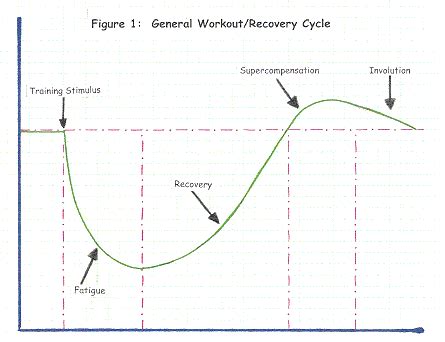Break strength plateaus: What advanced protocols boost peak male performance?

Every serious lifter eventually hits a wall. The initial gains fade, and progress stalls – a frustrating phenomenon known as a strength plateau. For men striving for peak physical performance, breaking through these barriers requires more than just showing up; it demands a sophisticated approach to training.
Understanding the Plateau Barrier
Plateaus often signal that your body has fully adapted to your current training stimulus. Continuing with the same routine, sets, reps, and intensity will yield diminishing returns. To unlock new gains, you need to introduce novel stressors that challenge your neuromuscular system in new ways, forcing further adaptation and growth.
Advanced Training Principles to Implement
Periodization: The Master Plan
Moving beyond simply adding weight, periodization involves strategically planning your training over cycles (micro, meso, macro) to manipulate variables like volume, intensity, and exercise selection. Linear periodization gradually increases intensity while decreasing volume. More advanced lifters often benefit from undulating periodization (DUP), which varies these variables more frequently (e.g., daily or weekly), keeping the body guessing and minimizing adaptation.
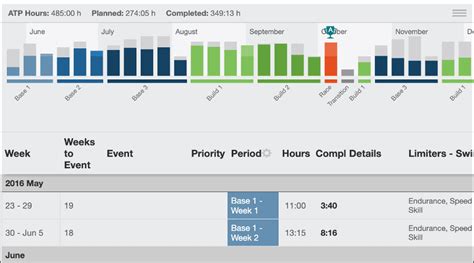
Intensity Boosting Techniques
Once basic progressive overload becomes less effective, advanced intensity techniques can shock your muscles into new growth.
- Drop Sets: Perform a set to failure, immediately reduce the weight by 20-30%, and continue to failure. Repeat 1-2 times.
- Supersets & Tri-sets: Pair two or three exercises for opposing or synergistic muscle groups with minimal rest in between, maximizing time under tension and metabolic stress.
- Rest-Pause Training: Lift a heavy weight for a few reps, rack it, rest for 10-20 seconds, and perform a few more reps with the same weight. Repeat for several mini-sets to accumulate more reps with a heavier load.
- Eccentric Overload: Focus on the lowering (negative) phase of a lift, which can generate significantly more force than the concentric phase, leading to greater muscle damage and subsequent growth. This often requires a spotter or specialized equipment.
- Cluster Sets: Perform sets with short, intra-set rest periods (10-30 seconds) between individual reps or small clusters of reps. This allows for higher total volume with heavier loads than traditional straight sets.
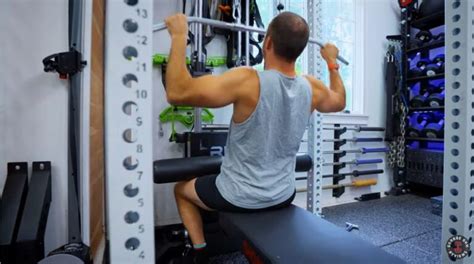
Strategic Deloads and Active Recovery
Pushing the limits constantly without adequate recovery leads to overtraining, not progress. Strategic deload weeks, involving significantly reduced volume and/or intensity, allow your body to recover, repair, and supercompensate. Active recovery days, incorporating light cardio, stretching, or foam rolling, can also aid recovery and prepare you for subsequent intense sessions.
Specialization Cycles for Weak Points
Identify your weakest links – a specific lift that’s lagging (e.g., bench press) or a muscle group that isn’t growing (e.g., rear delts). Implement a dedicated 4-8 week specialization cycle where you prioritize that area with increased volume, frequency, and specific exercise variations, while maintaining other muscle groups.
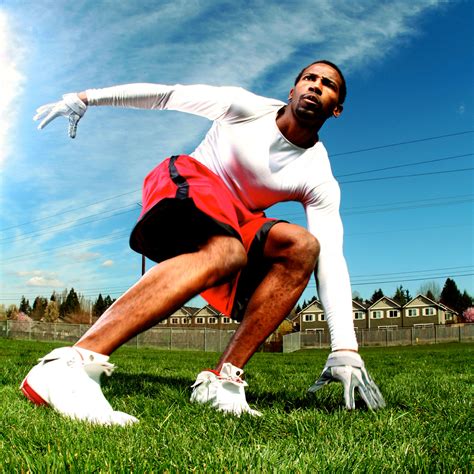
The Role of Progressive Overload (Beyond the Basics)
While progressive overload is fundamental, advanced lifters apply it differently. Instead of simply adding weight, they might increase time under tension, improve lifting mechanics for better muscle activation, decrease rest times, or increase training frequency. The goal is to continuously provide a novel stimulus for adaptation, even if it’s not always heavier weight.
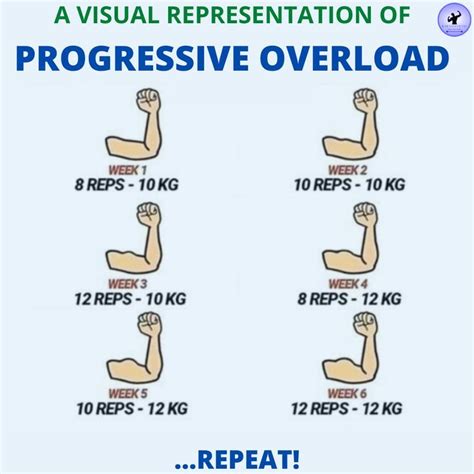
Nutrition, Supplementation, and Mindset (Brief)
No advanced training protocol will succeed without adequate nutrition. Prioritize sufficient protein intake, complex carbohydrates for energy, and healthy fats. Hydration is crucial. While beyond the scope of this article, targeted supplementation (e.g., creatine, protein powder) and a strong, resilient mindset are also critical components of peak performance.
Implementing Your Advanced Protocol
Advanced protocols are demanding. It’s crucial to listen to your body, prioritize proper form, and consider working with a qualified strength coach. Start with one new technique at a time, integrate it thoughtfully, and track your progress diligently to see what truly works for you.

Conclusion
Breaking through strength plateaus is a journey of continuous learning and adaptation. By strategically implementing advanced training protocols like periodization, intensity techniques, and planned recovery, you can push past your perceived limits, unlock new levels of strength and muscle, and achieve peak male performance. Consistency, intelligent programming, and a commitment to recovery are your ultimate tools.









